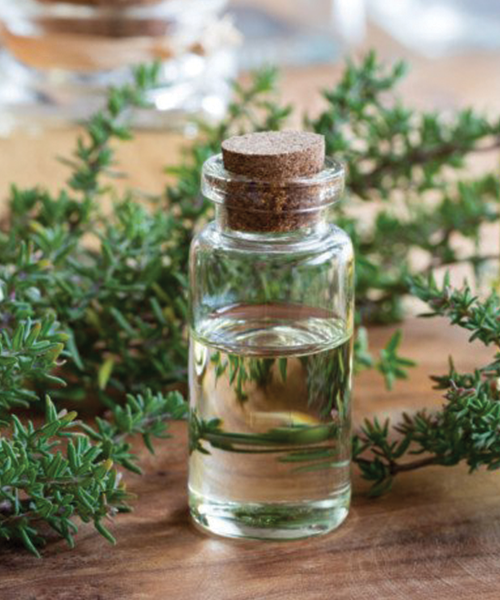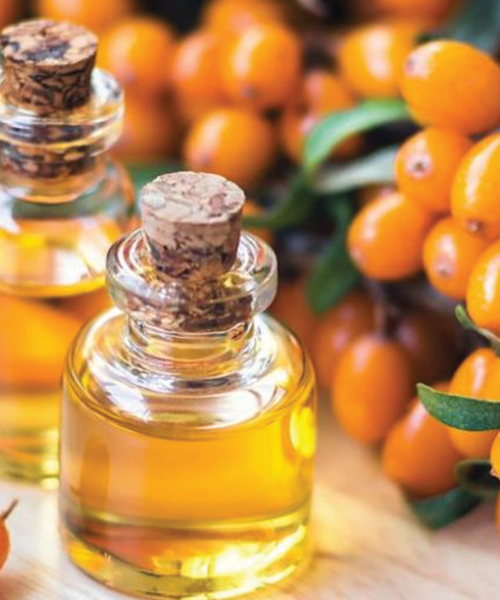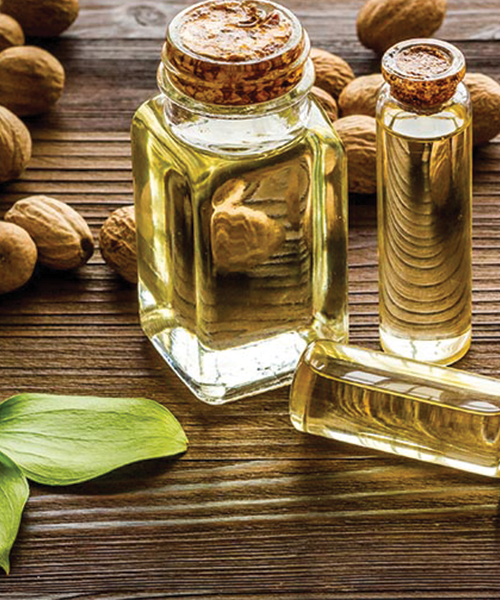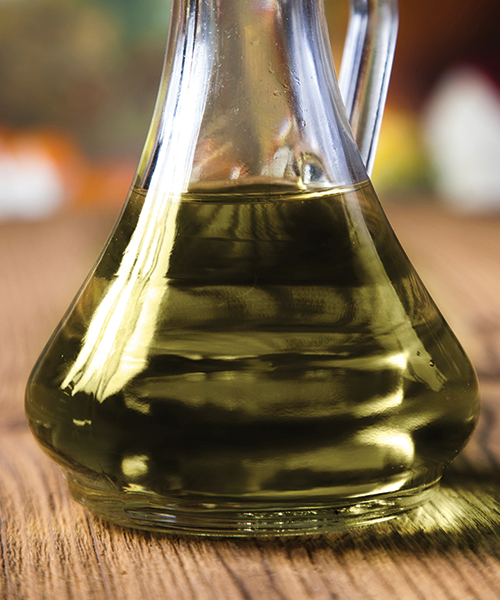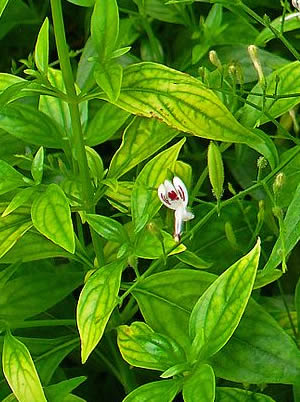Marigold is a plant that origin from Europe, similar to one of the garden plants (Tagetes) which has a beautiful flower color, but fragrant less savory. In contrast with that flower (used as natural insecticide – mosquito repellent), Pot Marigold Calendula officinalis is known as a herbal remedy used as a wound healer. Marigold as traditional phytomedicine from ancient Egypt, conventional use the petals that can immediately smeared on the wound might helpful for burns, bruises and strikes. Currently therapies that used Calendula officinalis petals dried as tea (beverage) is believed to treat heartburn, indigestion. That is not merely an external application (epidermal tissue of the skin), but can be applied in the internal organs of the body.
In wound healing in the skin’s epidermis is divided into three phases, namely the inflammatory phase, proliferation phase and maturation phase / remodeling. The early phases of inflammation can be either minor injuries still broken, releasing growth factors such as platelet derived growth factor (PDGF) and transforming growth factor ß (βTGF), granulocyte colony stimulating factor (G-CSF), C5a, TNFα, IL-1 and IL -8. Leukocyte normally would migrate toward the injury site and then going on deposit fibrin matrix that started the process of wound closure. This process normally occurs in 2-4 days.
Scientifically measurable effect of Calendula officinalis original properties need to be studied further, so that the use of C. officinalis can be applied more easily in the field of modern fitomedisin. Lately EMA also agreed that Pot Marigold has both lipophilic and extract the alcohol-water as a product of traditional healers for treatment of minor inflammation of the skin and as a healer of wounds minor. Recent studies in Europe exhume the wound healing properties of marigold (Calendula officinalis) through in vitro methods.
Research from Nicolaus et al (2017) tested three different extracts (n-hexanic, Ethanolic, aquoes) are believed to play a role in wound healing in the early phases of inflammation. Of a protein mediator in the human immune system and regulate the transcription variety of inflammatory mediators eg, cytokines, chemokines and growth factors that play a role in the inflammatory phase. The third extract studied whether a role in human immortalized keratocytes and human dermal fibroblasts. Both tissues / cells are instrumental in the formation of new cells of the skin.
Extracts of Calendula officinalis ethanolic can support migrating keratinocytes during the manufacturing phase of the new formation on the tissue is only marginally affects starch production, thus inhibit the activity of collagenase in the stage of in vitro and increase the amount of collagen in supernatants from human fibroblasts.
These results contribute to increase understanding of wound healing properties of traditional herbs Calendula officinalis.
However, further studies are needed to evaluate constituent held responsible for these effects. Triterpenes plays a marginal role to role, but the carotenes and xanthophylls derivatives should garner further attention in future research.
[1] Nicolausa C., S. Junghannsa, A. Hartmannb, R. Murilloc, M. Ganzerab, I. Merforta. 2017. In vitro studies to evaluate the wound healing properties of Calendula officinalis extracts. Journal of Ethnopharmacology 196: 94–103.



